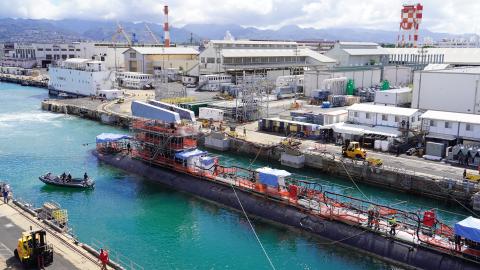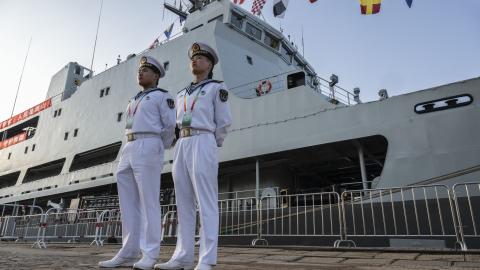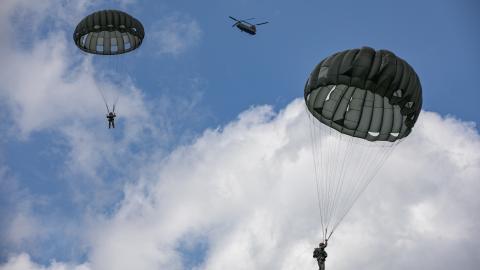The United States has an enduring interest in supporting conditions that minimize the likelihood of war in East Asia. Since 1945, this has meant maintaining robust defense alliances that temper intra-regional insecurities and dispatching the U.S. military to underwrite the unimpeded transit of goods and people through the region’s seas and skies.
For decades, the United States achieved these goals by being able “to transport overwhelming air, sea, and land power to far-off places.” The operation of this model of expeditionary power projection in East Asia was enabled, in part, by the United States’ clear military technological advantage over the People’s Republic of China (PRC). This fact allowed the U.S. military wide latitude, as described in the 2018 National Defense Strategy (NDS), to “deploy our forces when we wanted, assemble them where we wanted, and operate how we wanted.” It also allowed policymakers to be confident that the U.S. military could be used to address acute conflicts of interest, often without requiring significant trade-offs across cost, risk, reputation, and the ability to maintain operations elsewhere around the world.
The military balance in East Asia no longer clearly favors the United States and is not likely to again. The People’s Liberation Army (PLA) is becoming an increasingly professionalized and well-equipped force capable of contesting U.S. action across a broad range of military contingencies.
This loss of U.S. regional military primacy does not mean that the threat or use of force has lost all utility in the defense and pursuit of U.S. and allied interests. It does, however, mean that the United States no longer should expect its established military strategies and concepts of operation to be sufficient to prevent challenges to its interests from arising. When they do arise, moreover, using the armed forces to produce the outcome the United States prefers now requires policymakers to make difficult choices about when, how, and why to expend limited resources, accept political costs, and tolerate military risks in East Asia and elsewhere.
China’s regional operational advantages and U.S. fiscal realities mean that doing more of the same—awaiting more resources to be available, anticipating a technological revolution in international affairs, and expecting current systems and operational concepts to be sufficient in the meantime—is not likely to work. Policymakers will instead need options beyond those that fit neatly within the model of expeditionary power projection to responsibly and effectively protect and promote U.S. interests in East Asia for the foreseeable future. The exercise presented here represents one of many needed efforts to stimulate thinking about what some of those options might be.
Read the full report, co-authored by Melanie W. Sisson, in Brookings Institution.



















